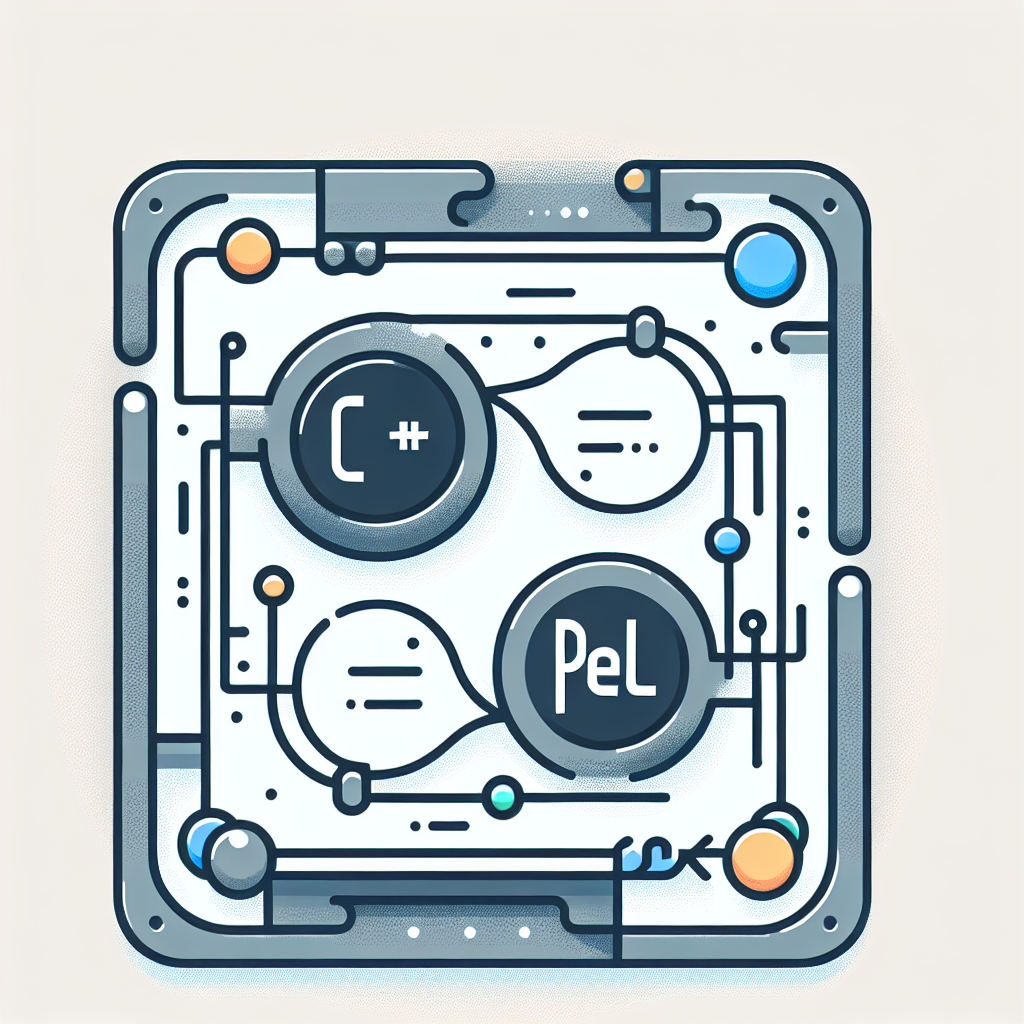Convert C++ to Perl Effortlessly: Powerful Tool Online
Effortlessly convert C++ code to Perl with our advanced tool. Optimize your coding workflow and boost productivity. Try now for seamless language transition!
Source Code
Converted Code
Output will appear here...
Transform your C++ code into Perl effortlessly with our C++ to Perl conversion tool. Designed for developers seeking seamless language transition, this tool enhances productivity by automating code translation, reducing manual effort, and minimizing errors. Ideal for projects requiring cross-language integration and rapid prototyping, our solution ensures compatibility and efficiency.

C++ to Perl Conversion Tool Link to this section #
Effortlessly convert C++ code to Perl with our advanced tool designed for developers seeking seamless language transitions. Our tool is perfect for those aiming to refactor or integrate C++ functionalities into Perl scripts, enhancing flexibility and cross-language compatibility.
Key Features Link to this section #
- Automated Conversion: Translates C++ code into Perl syntax with precision.
- Optimized Algorithms: Ensures minimal performance discrepancies post-conversion.
- User-Friendly Interface: Simple UI for quick code translation.
Why Choose Our Tool? Link to this section #
- Efficiency: Reduces manual conversion efforts, speeding up development cycles.
- Accuracy: Maintains the integrity of logical structures and data types.
- Versatility: Supports various C++ features like loops, conditions, and classes.
Example Conversion Link to this section #
C++ Code:
#include <iostream>
using namespace std;
int main() {
int a = 5;
int b = 10;
cout << "Sum: " << a + b << endl;
return 0;
}
Converted Perl Code:
use strict;
use warnings;
my $a = 5;
my $b = 10;
print "Sum: ", $a + $b, "\n";
Benefits of Converting C++ to Perl Link to this section #
- Rapid Prototyping: Perl's scripting nature accelerates development and testing.
- Text Processing: Perl excels in text manipulation, making it ideal for C++ applications involving string operations.
- Cross-Platform: Perl's platform independence ensures your code runs smoothly across different environments.
Additional Resources Link to this section #
Keywords Link to this section #
C++ to Perl converter, Perl scripting, automate code conversion, cross-language development, refactor C++ to Perl
By leveraging this tool, developers can efficiently transition C++ projects to Perl, ensuring both performance and reliability.
Frequently Asked Questions
What are the main differences between C++ and Perl?
C++ is a statically typed, compiled language known for its performance and control over system resources, often used in systems programming and applications requiring high performance. Perl, on the other hand, is a dynamically typed, interpreted language renowned for its text processing capabilities and rapid development, commonly used in scripting, web development, and data manipulation tasks.
How can I convert C++ code to Perl?
Converting C++ code to Perl requires a manual process, as there is no direct automated tool for this purpose due to the fundamental differences in language paradigms. You need to rewrite the logic in Perl, considering its strengths in text processing and scripting. Begin by identifying the core functionality and translate the logic into Perl syntax, using Perl modules and idioms where appropriate.
When should I choose Perl over C++ for a project?
Choose Perl over C++ when your project requires rapid development and involves extensive text and data manipulation, such as log file processing, report generation, or web scripting. Perl's ease of use and extensive library support make it ideal for tasks where development speed and flexibility are more critical than execution performance and system-level resource management.